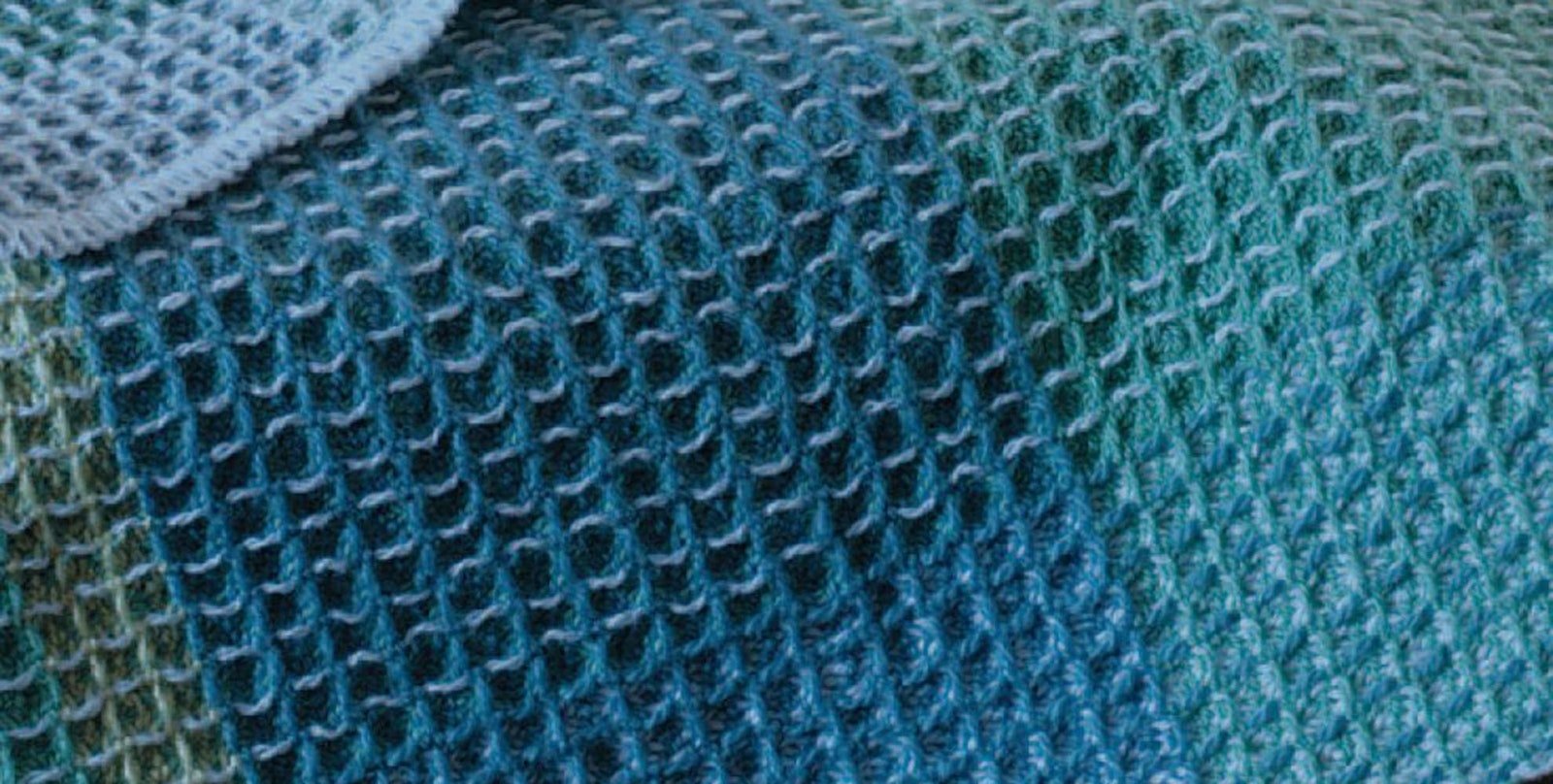
A crimp cloth shirt by Dianne
I first met Dianne Totten at the 2010 Convergence in Albuquerque. She showed me some of her amazing "crimp cloth" garments and urged me to try it on. I demurred, insisting that it would never fit. But, lo and behold, it not only fit, it was comfortable and flattering! Collapse weave has become all the rage since then. You can buy items made overseas, but think of the fun you could have making your own. Here's Dianne to tell you about her journey and her thought process in creating beautiful crimp cloth. ––Anita
I have always enjoyed working with fiber. I learned to sew at a young age and remember thinking how wonderful it would be if I could make my own fabric. The reality of that thought materialized many years later when my husband surprised me with a loom one Christmas.
I joined the Chattahoochee Handweavers Guild and quickly became a workshop junkie. The direction my weaving has taken over the years has been a direct result of all the workshops I have attended. (My first workshop was with Peter Collingwood.) Perhaps the workshop that had the biggest impact on my weaving journey was Catherine Ellis' “Handwoven Shibori” workshop. One statement she mentioned that weekend referred to the ability of polyester to hold a permanent crease when heat-set.
At the time, I was weaving sweaters and would barter with a friend to knit the ribbing. I made a mental note to pursue the possibility that heat-set pleats could serve as ribbing. It wasn't until I was working on the Fabric Forecast for Handwoven magazine that I remembered that thought and pursued the possibilities. The wool sweater, with its handwoven ribbing and collar, appeared in the March/April 2007 issue.
Several sweaters later, as I was weaving the ribbing along one edge of a sweater fabric, I envisioned a garment made by weaving ribbing/pleats across the entire width of the fabric. In the next garment, I expanded from pleats to patterns. I soon came to realize that the possibilities are endless.
I decided the resulting fabric needed a name, so I started calling it crimp cloth. I often have heard weavers refer to it as collapse, the term Anne Blinks coined to describe the fabric she was producing with over-twisted yarns. The difference is that crimp cloth is a variation of handwoven shibori that requires the use of a synthetic yarn in either the warp or weft.
I deal with two elements when designing: the ground cloth and the pattern-pull threads. Subtle changes in either can result in very different looking fabric. This works well for dressing the loom with one long warp and weaving fabric for several different garments. I tell my students that it is more about a thought process than a particular weave structure, as almost any weave structure can be used for crimp cloth.
Sometimes there is an element of pleasant surprise when I start draping the finished fabric on my dress form. Although I start with a vision of the finished garment, the processed fabric sometimes suggests a variation from what I had in mind. I continue to sample new ideas and design garments. Often the motivation for the next piece comes from the sampling process or the draping of finished fabric.
I enjoy pattern and texture, especially when the texture forms the pattern. Now, if this post has you eager to start playing with pattern and texture in your fabrics, try starting with waffle weave. And if you need a project idea, try my waffle weave towels from the eBook Best of Handwoven: Yarn Series—A Dozen Projects in 8/2 Cotton.
—Dianne

